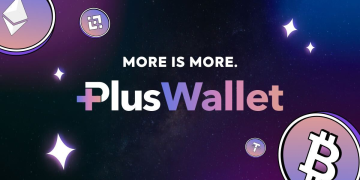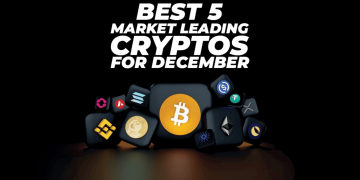On September 1, 2022, Infinity Exchange announced the official launch of its testnet. The exchange was designed as an institutional-grade platform that aims to transform the DeFi industry via a hybrid structure. It runs on Ethereum while running computations and risk management off-chain.
What is Infinity Exchange?
Infinity Exchange is a DeFi protocol founded by Kevin Lepsoe, the former Head of Structuring at Morgan Stanley. It offers unprecedented capital efficiency to yield farmers, traders, and investors. According to its litepaper, the exchange has plans to become the foundational rates and risk protocol for the growth and stability of DeFi.
Why the Testnet Launch Matters & Problem with DeFi
Launching the testnet marks an important milestone that will bring institutional interest rate market mechanics and risk management to the DeFi world. In addition, it will trigger the institutional adoption of DeFi, which could rapidly grow its total value locked.
The existing DeFi industry, often called DeFi 1.0, was designed when demand for money market products was uncertain. Consequently, early protocols were built with the near-term goal of generating widespread interest with retail-like lending mechanisms. DeFi 1.0 succeeded in offering viability and tremendous demand for Decentralized Finance products. But unfortunately, the DeFi industry was built on an unstable foundation with major flaws.
The Infinity Exchange Solution
Infinity Exchange aims to build a new foundation for DeFi. It is built upon established principles, paving the way for institutional entry into the DeFi world. It could potentially lead to the TVL of DeFi growing by trillions of dollars. The result will be DeFi 2.0.
As currently constituted, DeFi 1.0 is incapable of achieving the objectives of institutional entry into DeFi. This is because of computational limits, oversights, and inefficiencies. These hindrances mean that institutional investors cannot enter the DeFi sector. The Infinity Exchange solution will revolutionize how DeFi works by creating a protocol that uses the same mechanics while achieving the same efficiencies as the mainstream financial markets. In particular, they seek to replicate the success of the interbank lending market.

Infinity Exchange will introduce the Floating Rate concept as institutional interest in crypto grows. In addition, it will come with a zero bid offer, used for lending and borrowing. While DeFi 1.0 has reached its limits due to inefficiencies inherent in its design, Infinity Exchange will bring an approach tried in the mainstream financial world.
Infinity Exchange also plans to introduce the first complete yield curve in DeFi. It will have both fixed and floating rates, enabling traders to hedge their basis/rate risk and speculate along the length of the maturity curve. In addition, the exchange hopes to dampen volatility and bring stability to the DeFi markets by growing the number of investable assets on the yield curve. The result is that participants will have an easy means of switching from high-risk to low-risk assets.
Infinity Exchange also plans to allow the managing of a wide array of complex collateral that currently has nowhere to generate yield. It created a unique opportunity for traders to arbitrage interest rate differentials between other protocols and Infinity. The result could be massive growth in TVL.
Infinity will offer leverage to investors holding over $20 billion of TVL sitting idle on protocols such as Uniswap, Aave, and Compound. In addition, it presents a huge opportunity for consolidation, leading to over $100 billion of TVL creation, which will drive interest rates across DeFi to their risk-neutral levels.
In short, Infinity Exchange is creating an institutional-grade, crypto-based fixed income market while making it easy for institutional investors to enter DeFi, creating a $1 trillion market.
What the Leadership Team Had to Say
Kevin Lepsoe, the founder of Infinity Exchange, says, “The crypto fixed income markets should be 100-times what they are today and we’re taking the first two steps in that direction.” Lepsoe added, “If we want more institutional adoption in crypto, we need to first nail the fixed income markets and it starts here, at Infinity.”






















